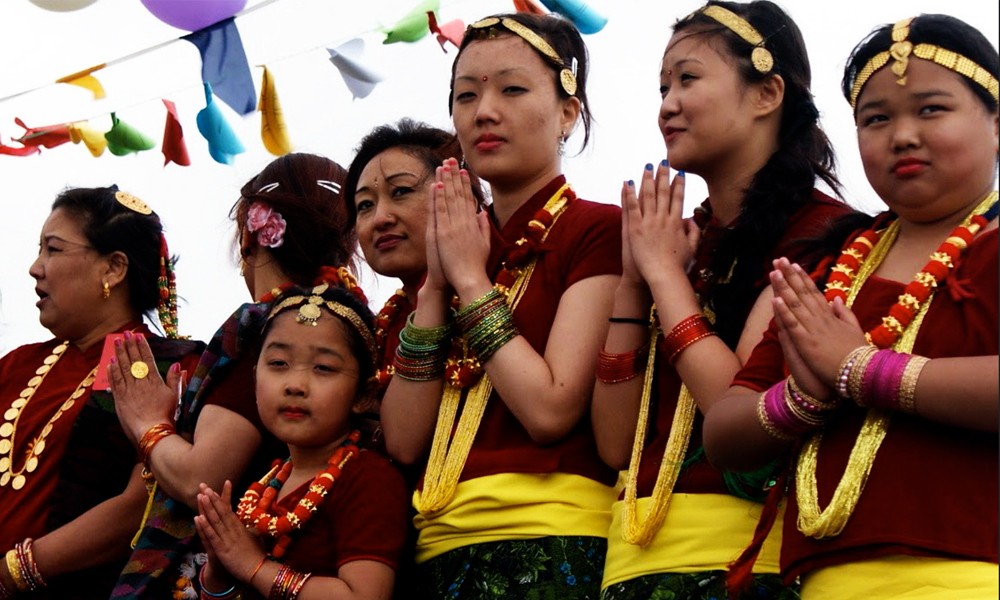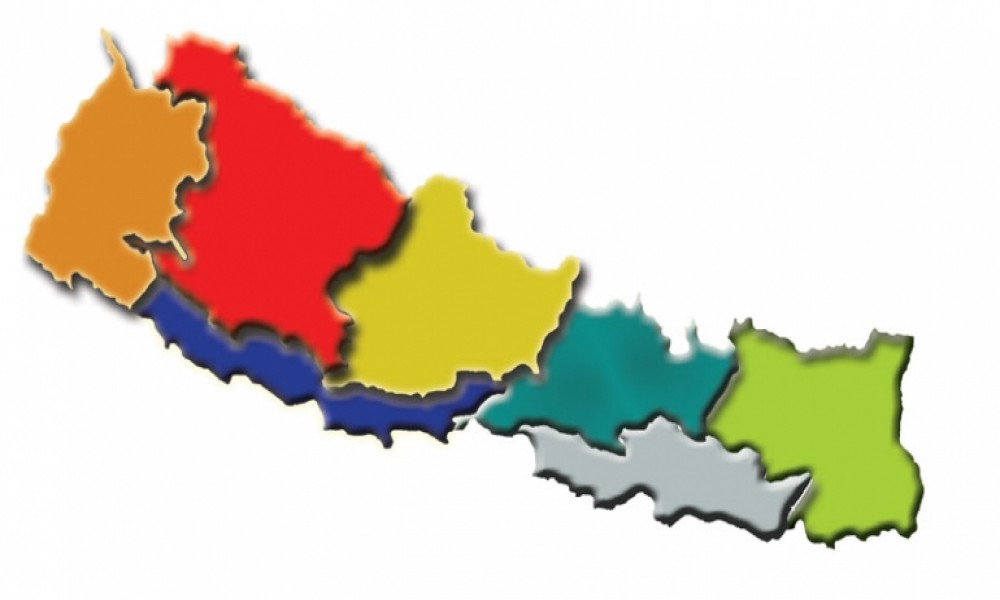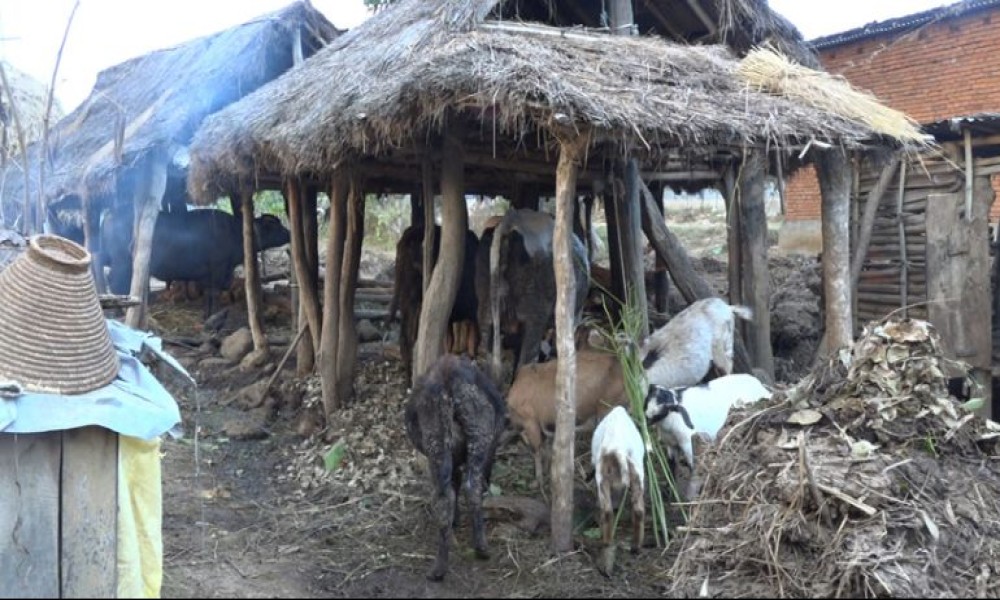Shradha Ghale
Why were discussions about relief and rebuilding being conducted in a language that was so removed from lived experience of most affected people? What kinds of solutions will emerge from a discussion that excludes its main subject from starting point?
The Tamang, they’re shy and scared of strangers, they lack awareness,” said a local schoolteacher in Bhukhel, south Lalitpur. I was there as part of a volunteer relief group after hearing that the Tamang in the village had suffered a lot since the earthquake. Curiously, we hardly came across any Tamang during the three hours we spent in the village. From the chatty owners of the small eatery that served us dalbhat to the local headmaster to the members of the school management committee who offered us garlands and gave eloquent speeches, every single one of them belonged to the high caste group.
“What can we do, they’re very introverted,” the teacher explained in a regretful tone. “Most of them drop out before they finish primary school. One of the main problems is they cannot speak Nepali well. So I’ve been going from house to house telling their parents to stop speaking Tamang and practise Nepali with their children. How can they ever do well in school without gaining command over Nepali?”
Subjugate them for centuries, and then, when they finally start demanding their share of power, tell them they must first prove themselves worthy.
The teacher’s concern for the plight of the Tamang seemed genuine. He talked about the poverty and hardship endured by Tamang families and requested special support on behalf of the three most vulnerable families in the village. Some of the problems he associated with the Tamang’s condition--drinking among men, lack of education, the language barrier--were all real. And yet the structure within which he operated had blinded him to the deeper causes of the desolation of Tamang lives. He did not speak their language, did not know their history, did not grasp their culture. For all his sympathy and concern, he could not help seeing them as the lesser, unfortunate ‘other’. He could not measure the price a poor Tamang child has to pay to do well in a school where no one speaks her language, no textbook refers to her history or culture, and no teacher looks or sounds like her. Had there been a few Tamangs in the school management committee, I thought, they might have explained the problem differently.
But then we live in a society where a small group of people gets to define the problems and decide solutions for all the rest.
some of the most inept and callous leaders in Nepal’s history have been high caste men. That the powerful parties led by high caste men have been mired in corruption and infighting for much longer than leaders from marginalised groups.
I was again reminded of this a few weeks ago during an event at the district development committee office in Rasuwa. Local government officials and NGO workers had gathered to discuss post-quake reconstruction in the district. There were about forty people in the room. The newly appointed Chief District Officer and the Planning Officer were both Bahun. The deputy superintendent of police was a Chhetri. As introductions began, I realised that most of the participants too belonged to either of these castes. There were about seven Tamangs, three of whom happened to be there by accident: they were not NGO workers, just locals who had lost their homes in the earthquake. One of them had also lost his arm. From their demeanour and the manner in which they introduced themselves, it was obvious they felt out of place in that setting. They lacked the confidence exuded by other participants in the room and barely spoke during the two-hour program.
Immediately after, I attended a District Disaster Relief Committee meeting where representatives of around twenty NGOs gave presentations on their post-disaster work in Rasuwa. Again, the Tamang were conspicuous only in their absence. The social and political structure that deprives Tamang children of education also prevents Tamang adults from entering government institutions and the lucrative NGO job market.
Such gatherings are hardly surprising to anyone familiar with Nepali society. Whether it is an international conference in New York or Geneva, a national workshop in Kathmandu, or a local meeting in a district headquarters, you will see people from the same caste group speaking on behalf of all Nepalis. Still anyone who is not yet inured to this reality would be compelled to ask: How was it that so many non-Tamang people from outside had come to lead ‘reconstruction’ in a district where the vast majority of the population is Tamang? Why were discussions about relief and rebuilding being conducted in a language that was so removed from the lived experience of the most affected people? What kinds of solutions will emerge from a discussion that excludes its main subject right from the starting point? Were there no Tamangs capable of representing their community at those forums? If not, why?
The earthquake not only killed their loved ones, it also displaced them permanently and left them with no means of survival.
Later when I raised these questions with some of the participants, I heard the same old refrain. But how can you guarantee that a Tamang will work in the best interest of the Tamang people? Can a few elite Janajatis claim to represent the poor in their community? Look at those power-hungry Madhesi leaders, you think they care for Madhesi people? As for Dalits, shouldn’t they first focus on ending discrimination within their community? In other words, as no community has attained purity and perfection, the group that makes up less than one-third of the population should continue its hegemony and shut all others out.
Subjugate them for centuries, and then, when they finally start demanding their share of power, tell them they must first prove themselves worthy. Keep them down on the one hand and on the other hold them to higher moral standards. Never mind that some of the most inept and callous leaders in Nepal’s history have been high caste men. That the powerful parties led by high caste men have been mired in corruption and infighting for much longer than leaders from marginalised groups. That discrimination within the Dalit community is rooted in a system that benefits and is perpetuated by so-called upper castes. That the Janajati or Madhesi elite is a minor irritant compared to the beast called the hill high-caste elite.
The cycle of exclusion carries on. It is clear that post-earthquake reconstruction, like all other social and political processes in Nepal, will continue to suffer from this great divide.
Look at the composition of the National Reconstruction Authority, for instance. Given that the marginalised groups, especially the Tamang, made up such a large proportion of earthquake victims, one would expect, at the very least, that their voices would be included in the reconstruction debate. Perhaps the Authority could have proactively sought suggestions from survivors who have suffered criminal neglect at the hands of the state. The local actors who have been working on the ground since day one could have shaped reconstruction plans and policy. Far from it, some of them do not even know if, when or how the Authority will support them. As I write this, a young Tamang man from Haku VDC, who lost his home, wife and village in the earthquake, has hanged himself. In the temporary camp where he had been living for the past year, many others wonder aloud if death might be preferable to the excruciating hardship, pain and uncertainty they face now. The earthquake not only killed their loved ones, it also displaced them permanently and left them with no means of survival.
The government’s plans do not address their most urgent need--land for resettlement and a source of livelihood. Not even their shadow is represented in the jumbo entity that controls the billions of dollars collected in their name. The big men in the Authority are far removed from the concerns of people like them. The cycle of exclusion carries on. It is clear that post-earthquake reconstruction, like all other social and political processes in Nepal, will continue to suffer from this great divide.
Courtesy: The Kathmandu Post








